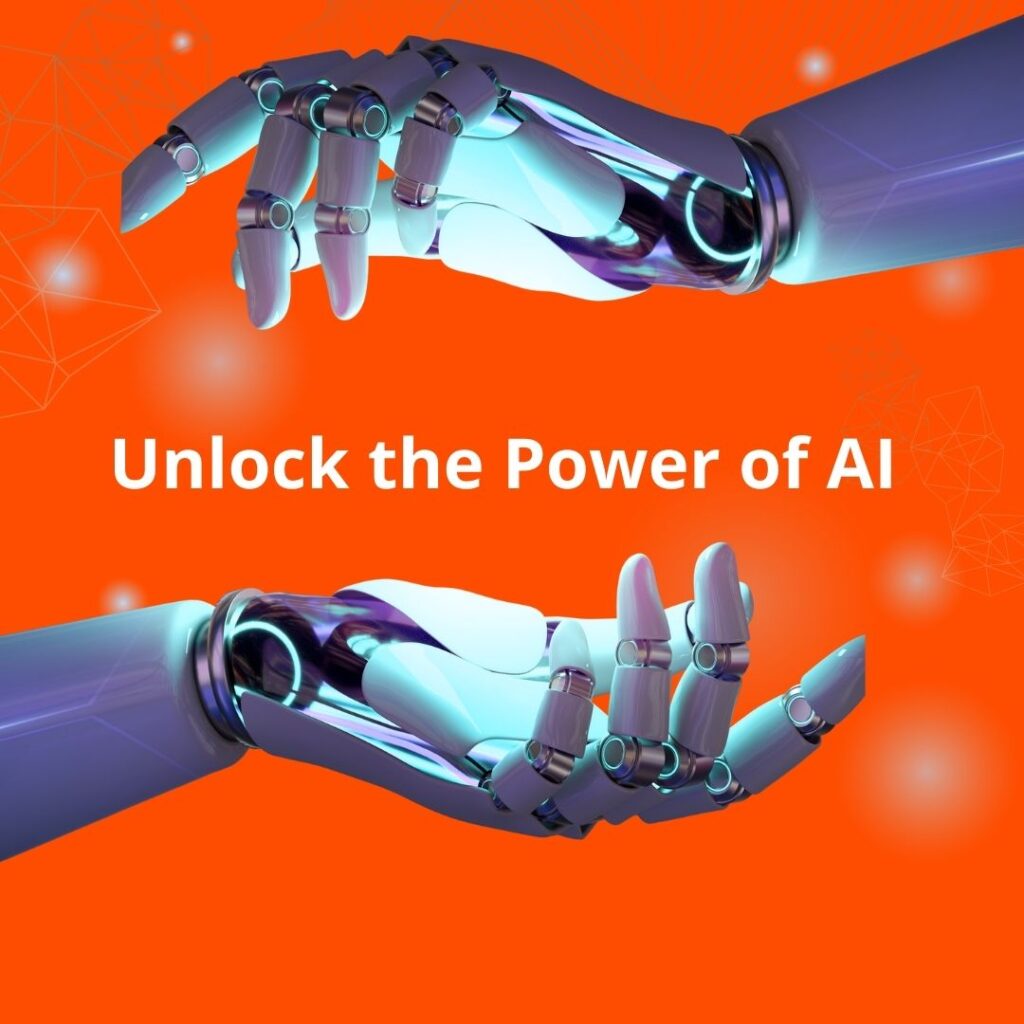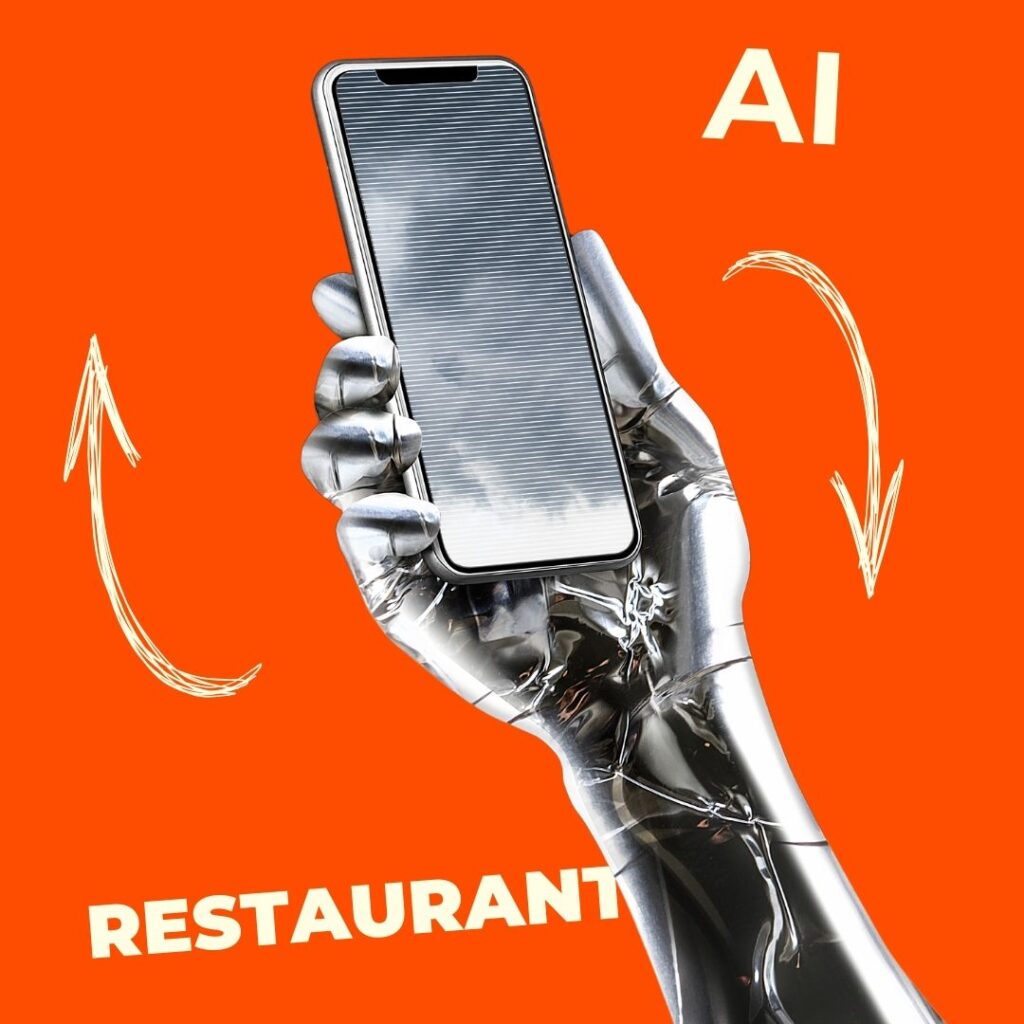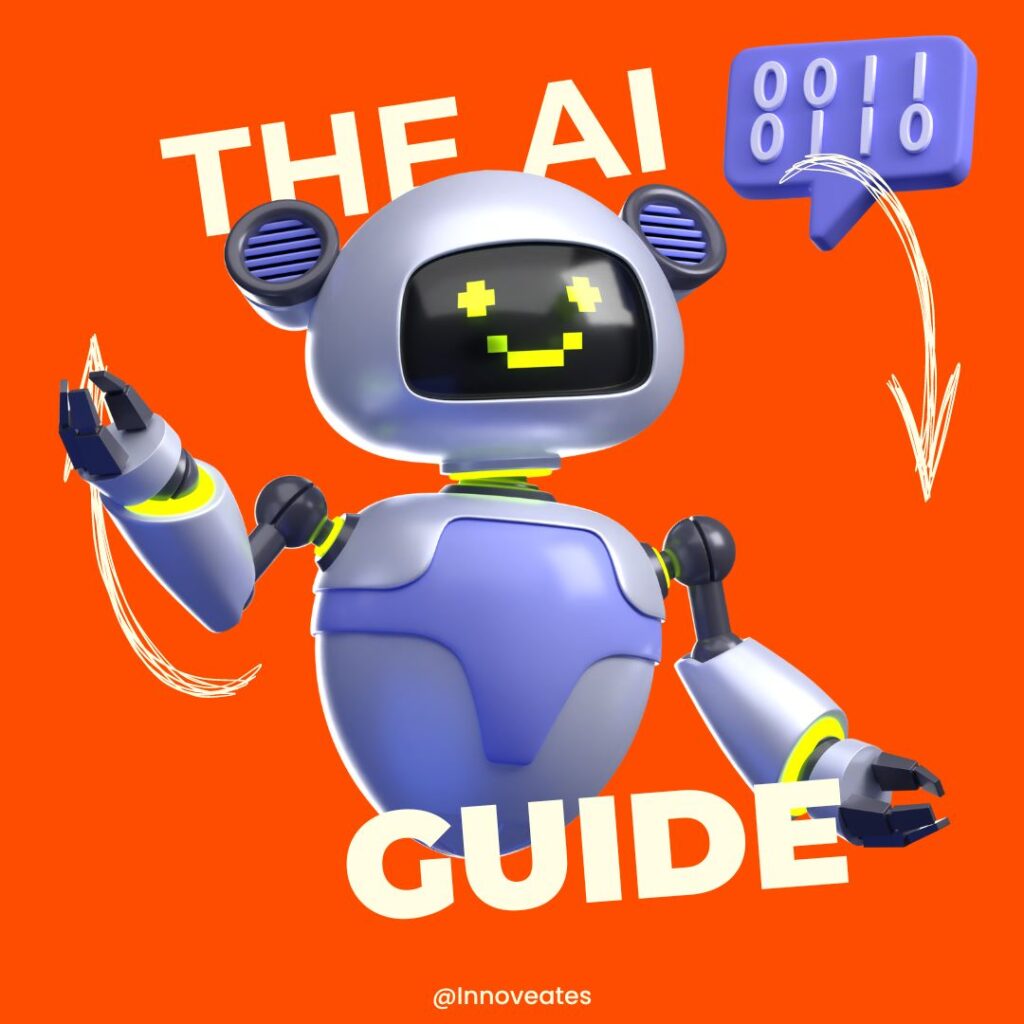AI for Demand Forecasting: How AI Algorithms Can Predict Customer Demand.
Fernando Islas
Writer & Professor
- July 17, 2024

Table of Contents
In the fast-paced restaurant industry, effectively managing stock levels and reducing waste is crucial for maintaining profitability and sustainability. With the advent of artificial intelligence (AI), demand forecasting has become a game-changer. This article delves into how AI algorithms can predict customer demand, helping restaurant owners streamline their operations.
Understanding AI for Demand Forecasting
AI for demand forecasting involves using sophisticated algorithms to analyze historical sales data, weather patterns, social media trends, and other relevant factors to predict future customer demand. These predictions help restaurant owners make informed decisions about inventory management, staffing, and menu planning.
The Importance of Accurate Demand Forecasting
Accurate demand forecasting is essential for several reasons. Firstly, it helps in optimizing inventory levels, ensuring that restaurants have enough stock to meet customer demand without overstocking. Secondly, it aids in reducing food waste, a significant concern in the industry. Lastly, it enhances customer satisfaction by ensuring popular items are always available.
How AI Algorithms Work
AI algorithms for demand forecasting utilize machine learning techniques to identify patterns in data. By training on historical sales data, these algorithms can detect trends and make predictions about future demand. Factors such as time of day, day of the week, seasonality, local events, and even weather conditions are taken into account.
Benefits for Restaurant Owners
Managing Stock Levels: AI-driven demand forecasting helps restaurant owners maintain optimal stock levels. By predicting which items will be in high demand, restaurants can order just enough supplies, reducing both overstock and stockouts.
Reducing Waste: With better predictions, restaurants can minimize food waste by preparing only the amount of food that is likely to be sold. This not only saves money but also contributes to environmental sustainability.
Improving Efficiency: Accurate demand forecasts enable better scheduling of staff, reducing labor costs and improving service efficiency during peak hours.
Enhancing Customer Satisfaction: By ensuring that popular items are always in stock, restaurants can improve customer satisfaction and loyalty.

Implementing AI for Demand Forecasting
Data Collection: The first step in implementing AI for demand forecasting is data collection. Restaurants need to gather historical sales data, customer feedback, weather reports, and social media activity.
Choosing the Right AI Solution: Several AI solutions are available in the market. Restaurant owners should choose one that fits their specific needs and integrates seamlessly with their existing systems.
Training the AI Model: Once the data is collected, it needs to be cleaned and fed into the AI model for training. The model learns from the data, identifying patterns and making predictions.
Continuous Improvement: AI models need to be continuously updated with new data to improve their accuracy over time. Regularly monitoring and fine-tuning the model ensures it adapts to changing trends.
Challenges and Considerations
Data Quality: The accuracy of AI predictions depends heavily on the quality of the data. Inaccurate or incomplete data can lead to poor predictions.
Integration with Existing Systems: Integrating AI solutions with existing restaurant management systems can be challenging. It requires careful planning and execution.
Cost: Implementing AI solutions can be costly. However, the long-term benefits often outweigh the initial investment.

Real-World Applications
Case Study 1: Large Chain Restaurants: Large chain restaurants like McDonald’s and Starbucks have successfully implemented AI for demand forecasting. These systems help them manage inventory across multiple locations, reducing waste and improving efficiency.
Case Study 2: Small Independent Restaurants: Even small, independent restaurants can benefit from AI. By using affordable AI solutions, they can optimize their inventory management and reduce food waste, leading to increased profitability.
Future of AI in Demand Forecasting
The future of AI in demand forecasting looks promising. With advancements in machine learning and data analytics, AI solutions will become even more accurate and accessible. Restaurants that adopt these technologies early will have a competitive edge in the market.
AI Utilization in Large Chain Restaurants
Large chain restaurants like McDonald’s and Starbucks use AI for inventory management to streamline operations and reduce inefficiencies across their vast networks of locations. Here’s how AI impacts their operations:
Centralized Demand Forecasting: AI systems analyze data from multiple sources, including sales patterns, weather conditions, and local events, to forecast demand across different regions. This centralized approach allows these chains to adjust their inventory needs accurately, reducing instances of overstocking or stockouts.
Automated Reordering Systems: AI algorithms can automate the reordering process by predicting when stocks of certain items are likely to run low and initiating purchase orders. This not only saves time but also reduces the manual errors associated with inventory management.
Real-Time Data Analysis: Continuous analysis of real-time data allows these chains to respond quickly to unexpected changes in demand. For instance, if a promotional item is selling faster than anticipated, the system can immediately adjust orders and redistribution strategies to meet customer needs without excessive waste.
Cross-Location Optimization: AI tools can identify trends and transfer insights across locations. For example, if certain menu items are more popular in particular regions during specific times, AI can adjust stock levels accordingly across these areas, enhancing overall operational efficiency.
AI in Small Independent Restaurants
Smaller independent restaurants are increasingly accessing affordable AI solutions tailored to their unique needs, which helps them compete more effectively with larger chains. Here’s how they benefit:
Affordable Cloud-Based Solutions: Many AI applications are available through cloud services, which significantly reduce the upfront costs associated with on-premise systems. These solutions offer subscription-based models that are financially accessible for small businesses.
Inventory Optimization: Even with smaller volumes of data compared to large chains, AI can effectively analyze sales trends, weather forecasts, and local events to optimize stock levels. This prevents small restaurants from investing in excess inventory that could lead to waste, particularly of perishable goods.
Enhanced Decision Making: AI tools provide actionable insights that help restaurant owners make informed decisions about menu changes, pricing strategies, and marketing tactics based on customer behavior patterns and preferences.
Scalability: As small restaurants grow, AI systems can scale accordingly, accommodating increased data volumes and more complex operational needs without significant additional investments.
Personal Opinion
The adoption of AI for demand forecasting in the restaurant industry is a transformative approach that addresses several traditional challenges such as waste management and stock optimization. It empowers restaurant owners to make data-driven decisions that align with changing customer preferences and operational demands. Moreover, AI’s ability to analyze diverse data sets in real-time offers a significant advantage over traditional forecasting methods, which are often slower and less accurate.
However, the successful implementation of AI depends critically on the quality of data and the seamless integration of technology into existing systems. While the initial costs and technical challenges may deter some smaller operators, the evolving landscape of AI technology and its decreasing costs will likely make it accessible to a broader spectrum of the restaurant industry.
Overall, AI for demand forecasting not only enhances operational efficiency but also contributes to environmental sustainability by reducing waste. As technology advances, it will become an indispensable tool in the competitive restaurant market, making early adoption a strategic advantage for forward-thinking businesses.

Fernando Islas
islasdesign.com
FAQs
How does AI improve demand forecasting? AI improves demand forecasting by analyzing vast amounts of data in real-time to identify patterns and trends, providing more accurate predictions than traditional methods.
What data is needed for AI demand forecasting? AI demand forecasting requires historical sales data, weather patterns, social media trends, and other relevant factors to make accurate predictions.
Can small restaurants benefit from AI demand forecasting? Yes, small restaurants can benefit significantly from AI demand forecasting by optimizing inventory management and reducing food waste, leading to increased profitability.
Is AI demand forecasting expensive to implement? While there can be initial costs, the long-term benefits of improved efficiency, reduced waste, and increased customer satisfaction often outweigh the investment.
How do AI algorithms predict customer demand? AI algorithms use machine learning to analyze historical data, identify patterns, and make predictions about future demand based on factors like time of day, seasonality, and local events.
What challenges do restaurants face when implementing AI for demand forecasting? Challenges include ensuring data quality, integrating AI with existing systems, and managing the costs of implementation.
- All Projects
- Marketing in Restaurant
- Back
- Web design
- Social Media for restaurant
- Ai in restaurant
- Augmented reality in restaurant





